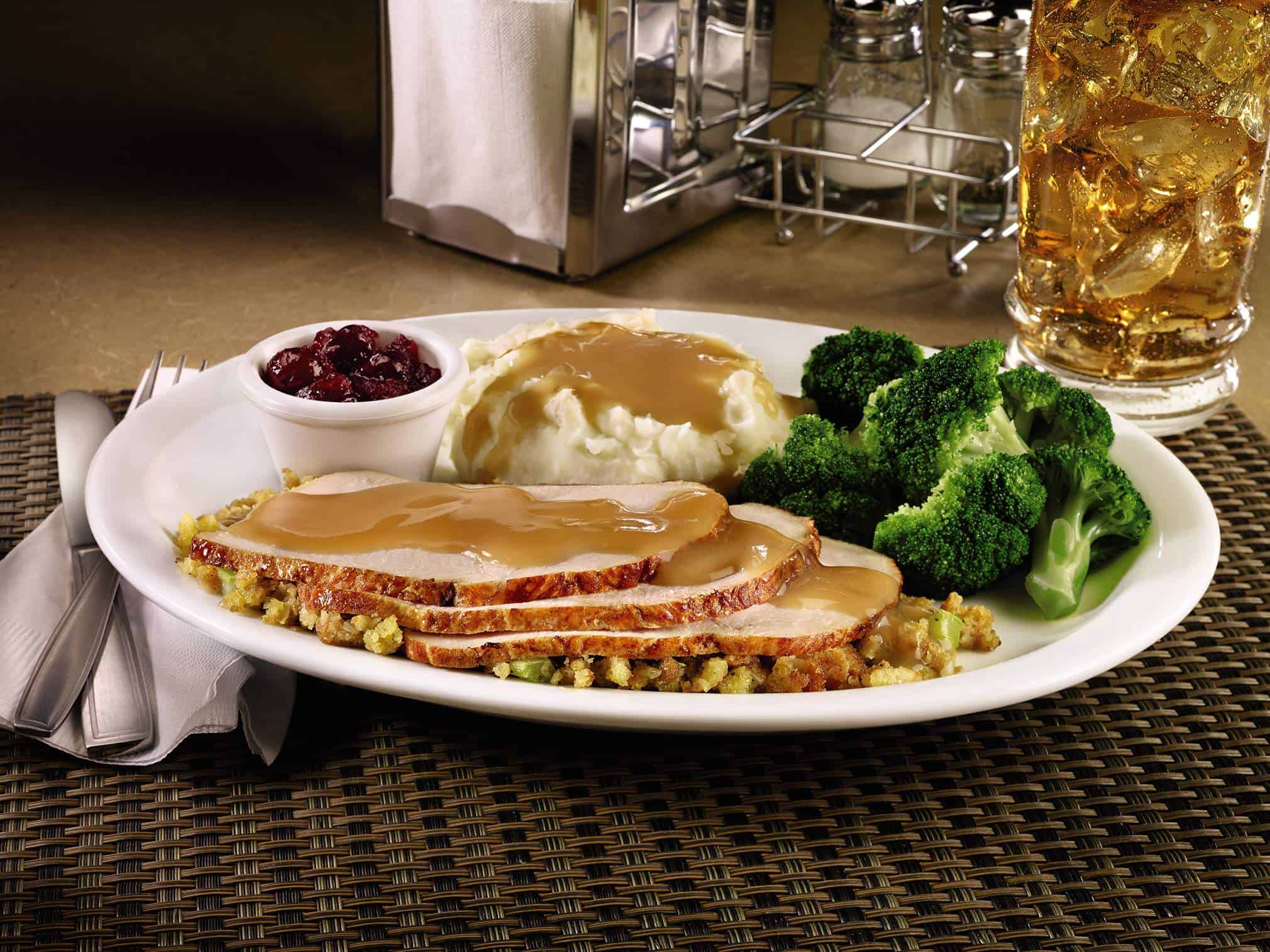Those of us from the United States might think we hold the patent on the concept of Thanksgiving. Indeed, the November observance is one of the two biggest quintessential U.S. holidays. (The Fourth of July is the other.) But the idea is by no means unique, nor did the iconic 1621 gathering of Pilgrims and Native Americans come first.
Historians agree that that “first” Thanksgiving wasn’t even a U.S. first. Records show three previous celebrations of thanksgiving – St. Augustine, Florida (1565), El Paso, Texas (1598), and Jamestown, Virginia (1619) – all observed by recently arrived European communities in gratitude for safe voyages.
Many Native American groups were holding harvest festivals, often several throughout the year, long before the Pilgrims’ arrival in Massachusetts. The Algonquin people of the upper Midwest United States and eastern Canada were known to have a rolling schedule of six such observances in thanks for maple syrup, spring planting, strawberries, green corn and late corn, with a final festival tossed in for good measure in midwinter.
The Native American Wampanoag people, with whom the Pilgrims celebrated in 1621, likely brought the concept to the table. Southern Alaskan indigenous communities traditionally celebrated a successful berry harvest and the end of the salmon fishing season with drums and song at a gathering at the qasgiq, a precursor to the modern community center, constructed of driftwood and sod. These were men-only affairs.
With the United States being that proverbial melting pot, immigrant communities have brought their own long-standing celebrations with them. The Jewish festival of S u k -k o t (late September or October), the African festival of Kwanzaa (late December) and the Chinese and Vietnamese mid-autumn festival (September) all have their roots in ancient harvest celebrations, and have acquired renown beyond their original communities.
Elsewhere in the Americas, our neighbors to the north are fond of pointing out that Canada observed its first Thanksgiving in 1578, 43 years before Plymouth Rock.
It also fell into the “thanks for a safe voyage to the New World” category, this time by English explorer Martin Frobisher following his arrival in Newfoundland. The concept would be reprised in 1872 with a nationwide day of thanksgiving for the recovery of the Prince of Wales from a grave illness.
Canadians began celebrating Thanksgiving regularly in 1879, the date changing from year to year depending on the proclamation. In 1957, the holiday (Action de Grâce, among French speakers) found a permanent place on the calendar, the second Monday in October. That provides a guarantee of a three-day weekend, with ample time to serve a big meal and to watch a Canadian Football League game.
The Caribbean island nation of Barbados celebrates the appropriately named Crop Over in June and July. The observance began as a festival of thanksgiving following a successful sugarcane harvest. Today, the celebration includes cane-cutting contests and parades of carts decorated with flowers.
Some of the parades incorporate an effigy of “Mr. Harding,” symbolizing the overseer in the fields and appropriately mocked and jeered at by the crowds.
Each year since 1949, the government of Brazil has proclaimed the fourth Thursday of November as “a public day of thanksgiving and prayer.” The day coincides with the U.S. observance but is not a legal holiday in Brazil.
Nor is Thanksgiving a legal holiday here in Costa Rica. That doesn’t stop U.S. communities from pausing to observe the day.

